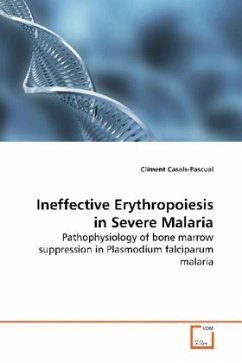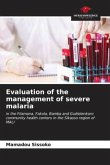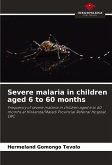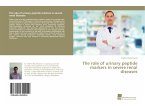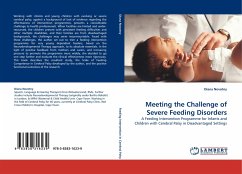Less than one in a hundred of those infected by
Plasmodium falciparum die. However, the death toll
is more than a million lives per year as the
population yearly infected with the parasite is 300
to 500 million people. About 90% of these deaths
occur in Sub Saharan Africa in children under 5
years of age.
Resistance of malaria parasites to the inexpensive
front-line drugs, limitations in national health
services and population movements are important
components of the problems faced by those preventing
and treating malaria.
Severe malarial anaemia (SMA) is one of the major
syndromes of severe disease that also include
cerebral malaria and severe respiratory distress.
The treatment of SMA is a major health problem in
malaria endemic areas. Blood transfusions are often
required, rarely available, and associated with an
increased risk of HIV transmission.
Against this brief background of social virulence
factors , this book describes the virulence factors
(sensu stricto) of P. falciparum, and how they
interplay with host factors to cause disease.
Plasmodium falciparum die. However, the death toll
is more than a million lives per year as the
population yearly infected with the parasite is 300
to 500 million people. About 90% of these deaths
occur in Sub Saharan Africa in children under 5
years of age.
Resistance of malaria parasites to the inexpensive
front-line drugs, limitations in national health
services and population movements are important
components of the problems faced by those preventing
and treating malaria.
Severe malarial anaemia (SMA) is one of the major
syndromes of severe disease that also include
cerebral malaria and severe respiratory distress.
The treatment of SMA is a major health problem in
malaria endemic areas. Blood transfusions are often
required, rarely available, and associated with an
increased risk of HIV transmission.
Against this brief background of social virulence
factors , this book describes the virulence factors
(sensu stricto) of P. falciparum, and how they
interplay with host factors to cause disease.

